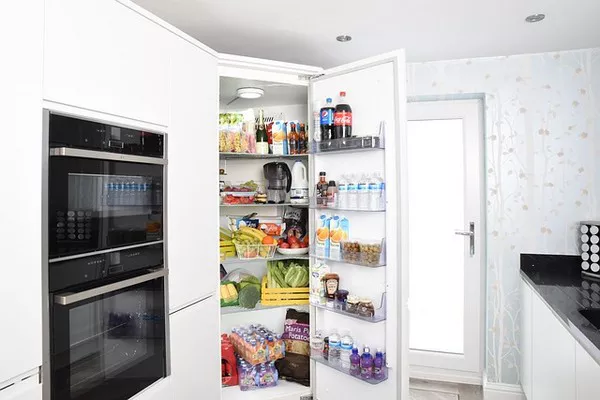In recent years, environmental concerns have driven industries to seek sustainable alternatives in various aspects of operations, including refrigeration systems. Among these alternatives, CO2 (carbon dioxide) refrigeration systems have gained significant attention for their eco-friendly properties and efficient performance. This article explores what CO2 refrigeration systems are, their benefits, applications, challenges, and future prospects.
Introduction to CO2 Refrigeration Systems
CO2 refrigeration systems, also known as transcritical CO2 systems, utilize carbon dioxide as the refrigerant instead of traditional synthetic chemicals like hydrofluorocarbons (HFCs) or chlorofluorocarbons (CFCs). CO2 is a natural substance that is non-toxic, non-flammable, and has a negligible impact on the environment when compared to conventional refrigerants. Its global warming potential (GWP) is significantly lower, making it an attractive choice for reducing greenhouse gas emissions.
Components of a CO2 Refrigeration System
A typical CO2 refrigeration system consists of several key components:
Compressor: Responsible for compressing CO2 gas into a high-pressure state.
Condenser: Transfers heat from the CO2 gas to a heat sink (air or water), causing it to condense into a liquid.
Expansion Valve: Reduces the pressure of the liquid CO2, causing it to evaporate and cool down.
Evaporator: Absorbs heat from the environment to be cooled, turning the CO2 back into a low-pressure gas.
Benefits of CO2 Refrigeration Systems
Environmental Benefits
The primary advantage of CO2 refrigeration systems lies in their environmental friendliness. CO2 has a GWP of 1, whereas HFCs can have GWPs in the thousands. This difference means that CO2 systems contribute minimally to global warming and ozone depletion compared to traditional refrigerants.
Energy Efficiency
CO2 systems are also known for their high energy efficiency. They operate effectively in a wider range of temperatures and pressures, which can lead to lower energy consumption and operational costs over time. This efficiency is particularly beneficial in commercial and industrial applications where large-scale refrigeration is required.
Regulatory Compliance
With stringent environmental regulations becoming more common globally, CO2 refrigeration systems offer compliance advantages. Businesses can future-proof their operations by adopting technologies that align with or exceed current and anticipated regulatory standards.
Applications of CO2 Refrigeration Systems
CO2 refrigeration systems find applications across various industries:
Commercial Refrigeration: Supermarkets, convenience stores, and other retail outlets use CO2 systems for refrigeration and freezing applications.
Industrial Refrigeration: Food processing plants, cold storage warehouses, and distribution centers benefit from the scalability and efficiency of CO2 systems for large-scale cooling needs.
HVAC: Heating, ventilation, and air conditioning systems increasingly incorporate CO2 refrigerants for both heating and cooling purposes.
Challenges and Considerations
Despite their advantages, CO2 refrigeration systems also pose certain challenges:
Higher Pressures: CO2 operates at much higher pressures than traditional refrigerants, requiring robust system design and materials to withstand these conditions.
System Complexity: Transcritical CO2 systems can be more complex to design, install, and maintain compared to conventional systems, requiring specialized knowledge and skills.
Initial Costs: While the operational savings can be significant, the initial investment in CO2 refrigeration systems may be higher due to equipment costs and installation requirements.
Future Prospects and Innovations
As technology evolves, ongoing research and development aim to address current challenges and enhance the performance of CO2 refrigeration systems. Innovations in system design, component efficiency, and integration with renewable energy sources are advancing rapidly. Additionally, collaborations between industry stakeholders and policymakers continue to drive the adoption of sustainable cooling technologies worldwide.
See Also AMMONIA REFRIGERATION: PRINCIPLES, APPLICATIONS & BENEFITS
Conclusion
CO2 refrigeration systems represent a sustainable alternative to traditional refrigerants, offering significant environmental benefits, energy efficiency, and regulatory compliance advantages. While they present challenges such as higher initial costs and system complexity, ongoing advancements in technology promise to further improve their performance and affordability. As industries worldwide seek to reduce their carbon footprint and comply with environmental regulations, the adoption of CO2 refrigeration systems is expected to continue growing, paving the way for a more sustainable future in cooling technology.

